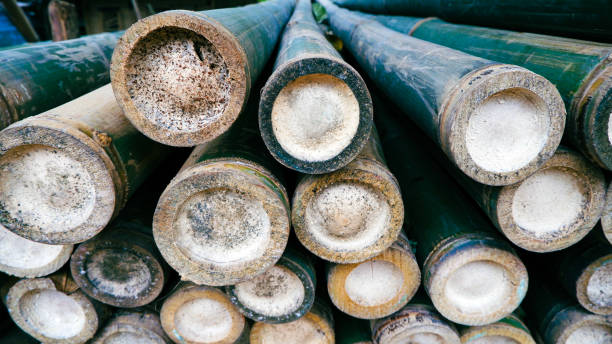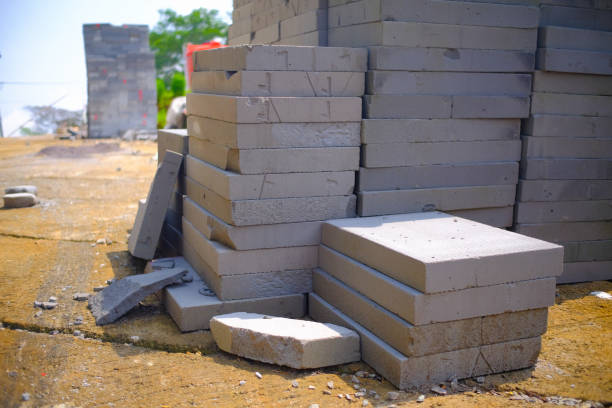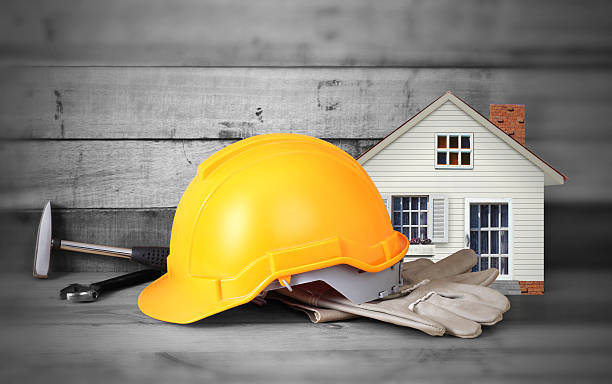The need to find a cost-efficient and long-lasting solution in the realm of construction has never been as high as it is nowadays. Be it personal housing, commercial infrastructure or mass development projects, builders and home owners are all trying to find affordable options without compromising on quality. Luckily, recent developments in the sphere of building and building materials introduced a new set of opportunities in terms of cost-effective, environmentally friendly, and sustainable construction.
In this blog, we are going to discover the most appropriate materials that can be used in cost effective yet durable construction, especially in India. We will also highlight how home construction companies can leverage these materials to offer quality construction at reduced costs.
1. Bamboo: Nature’s Reinforced Steel

Bamboo is often called the “green gold” of construction. Commonly found in rural Asian and African regions, bamboo is now gaining traction in urban housing projects as well. It is amongst the cheapest building materials used in the construction of homes and it has amazing tensile strength which in some scenarios is even better than steel.
Bamboo is light and easy to carry besides which, when well treated, it proves to be termite proof and very durable. Bamboo can also be used especially in framing, scaffolding and even roofing with the help of advanced bamboo sheets. Bamboo is a good alternative to build houses because it is a sustainable, affordable, and strong material.
2. Fly Ash Bricks: The Eco-Friendly Alternative
Fly ash bricks are prepared by utilizing waste products of thermal power stations thus; they are an eco-friendly option. These bricks weigh less than the normal clay bricks and they absorb less water making the walls less damp. Their advantages include:
- Fire resistance
- Cost efficiency
- Reduced construction time
Due to their durability and affordability, fly ash bricks are increasingly favored by home construction companies and developers aiming to reduce overall construction costs without sacrificing quality.
3. Hollow Concrete Blocks: Strength with Efficiency
When looking for building construction materials that save both time and money, hollow concrete blocks are a top contender. These blocks are lighter due to cavities but they are strong in terms of structures. They suit very well in load bearing as well as non-load bearing walls.
Key benefits:
- Energy efficiency through thermal insulation
- Faster construction time
- Reduced use of cement and mortar
Used widely in both residential and commercial buildings, hollow blocks are a smart pick for anyone focused on low-cost home construction.
4. Filler Slab Materials: Less Concrete, Same Strength

Filler slabs are mainly applied in roofing applications whereby a portion of the concrete is substituted with a lower cost material such as clay tiles, bricks or even plastic bottles. These materials minimise the usage of concrete and steel, but they do not affect the structural integrity of the roof.
The method reduces material expenses as well as improving thermal insulation, resulting in homes that are more energy-efficient.
5. Prefabricated Materials: Build Smarter, Not Harder
Prefabrication is a process whereby elements such as walls, floors, and roofs are assembled in a factory then finally transported to the construction site. Some of the prefab materials are steelwork frames, wooden panels, or even recycling materials.
Benefits include:
- Faster construction
- Minimal onsite waste
- High-quality finish due to controlled factory conditions
Prefabricated materials would particularly be useful to home construction firms that operate within strict deadlines or those seeking to expand their businesses.
6. Compressed Earth Blocks (CEB): Earth-Friendly and Durable
CEBs consist of a combination of subsoil, clay, sand and occasionally a stabiliser such as cement. This mixture is pressed in a mechanical press to form blocks which are very durable and insulating.
CEBs offer the following:
- Reduced construction costs
- Minimal environmental impact
- Natural temperature regulation
The blocks are ideal with environmentally friendly construction enthusiasts seeking green alternatives of concrete.
7. Precast Concrete Panels: High Efficiency, Low Waste
Precast panels are factory-made concrete walls or floors designed for quick installation. This system is increasingly popular for mass housing projects and commercial developments.
Advantages:
- High strength and fire resistance
- Less labor-intensive
- Reduced material wastage
Using precast panels significantly reduces project timelines, which can be a major cost saver in large-scale building construction.
8. Glass Fibre Reinforced Gypsum (GFRG) Panels
GFRG wall panels are manufactured by mixing gypsum and glass fibre with the aim of coming up with light weight and yet strong wall panels. Originally developed for fast, affordable construction, GFRG is now being adopted for both high-rise and low-rise buildings.
Benefits include:
- Quick installation
- Sound and thermal insulation
- Fire resistance
GFRG is especially valuable for home construction companies aiming to meet sustainability goals while maintaining cost efficiency.
9. Shipping Container Homes: Modern and Modular
Repurposed shipping containers offer a unique, modular approach to housing. These steel boxes can be converted into cool looking energy efficient homes.
Why they work:
- Extremely durable
- Highly customizable
- Fast to deploy
Its unusual but container homes are quickly becoming a popular housing solution in urban centres and among those who prefer the minimalist lifestyle.
10. Autoclaved Aerated Concrete (AAC) Blocks
AAC blocks are light weight pre-cast foam concrete blocks that are excellent in thermal insulation and sound proofing. They are suitable in walls, floors, and roofs, as well as, in spite of their low density, they have a strong structural support.
AAC blocks:
- Reduce dead load on the foundation
- Improve energy efficiency
- Speed up the building process
These are often used by professional home construction companies that focus on green and energy-efficient buildings.
Final Thoughts
Innovative construction materials and buildings are being embraced because of the need to create cost effective construction that will last long. The choice of materials is moving towards bamboo and fly ash bricks, AAC blocks, and precast panels that offering a good balance of affordability, strength, and sustainability.
Being a homeowner and designing the home of your dream or being a developer and dealing with a home construction company, you can save a lot of money by making the right choice of materials that would provide you with long-term results. By incorporating these smart material choices, you’re not only saving money but also contributing to more sustainable and resilient infrastructure for the future.







